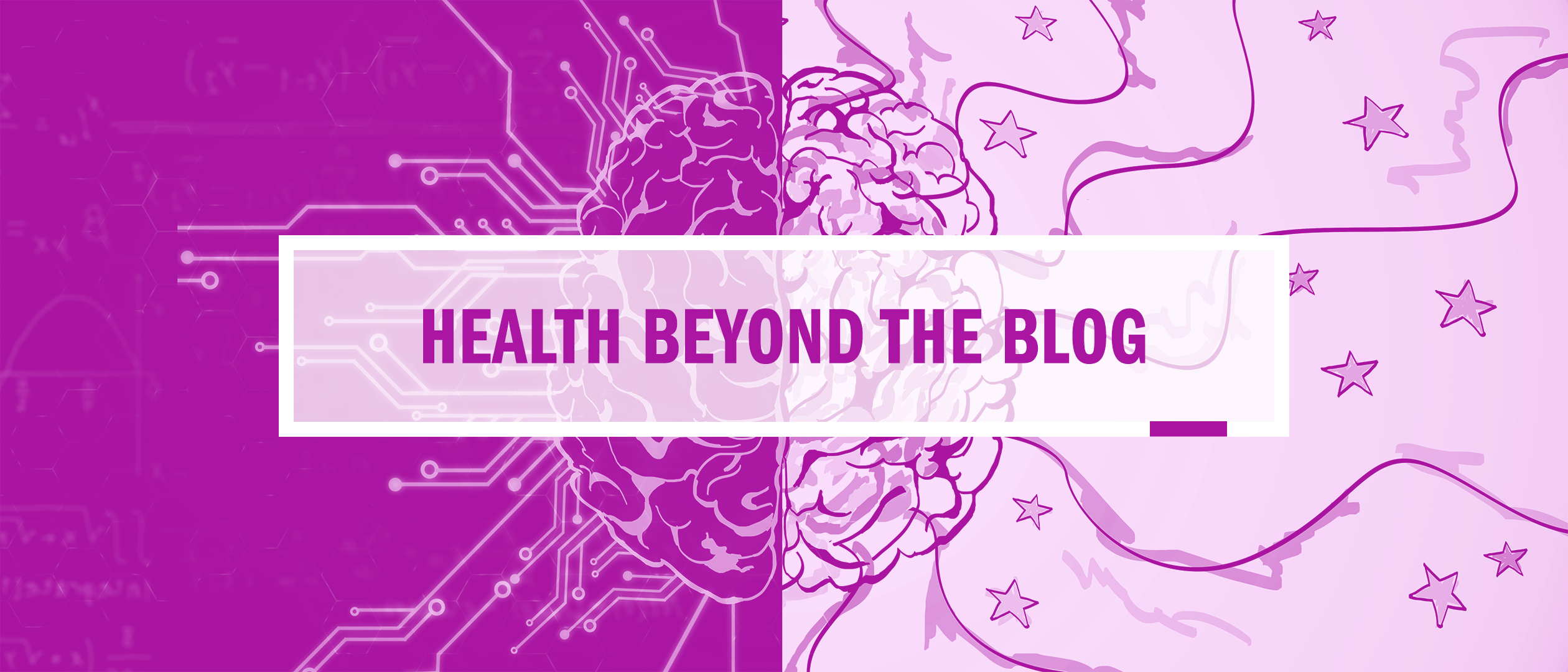News Team member Caroline Hansen reports that hospital closures across the United States threaten equitable healthcare access for rural populations and demand solutions.
Pixar’s Animated Film “Inside Out” Seems Made for Children But Conveys Adult Insights into Mental Health
by Manju Karthikeyan
Inside Out, a 2015 film by Pixar Animation Studios, may seem like a light-hearted movie meant for children, but it surprisingly unpacks deep intricacies of the human psyche, mental health, and how we process emotions. The story begins with 11-year-old Riley, who unwillingly moves to San Fransisco with her parents and experiences a wide range of emotions to navigate this new phase in her life. The film personifies these emotions as individual characters: Joy, Sadness, Anger, Fear, and Disgust.
At the film’s beginning, Joy seems to be the protagonist, leading Riley’s team of emotions by expressing happiness and positivity. What is interesting about Inside Out, however, is that it shows Riley embracing her negative emotions. In fact, it is Sadness that saves the day when Riley becomes emotionally shut down — demonstrating that she needs more than just Joy to combat situations, but also Sadness, Anger, Disgust, and Fear together. This allowed her to treat herself and other characters with more sympathy and empathy.
Of course, this is still a children’s movie, presenting creative, though unlikely, depictions of how the human mind works and how we store memories. For example, the five Emotions control Riley through a console; her imaginary friend from childhood, Bing Bong, appears as an embodied character; and long-term and short-term memories are stored in a brain area called the “Memory Dump.” But the message Inside Out brings to its audience is essential, as it encourages children (and their parents) to embrace all of their emotions — not just what we deem socially positive, but also ones that may seem negative and make us uncomfortable. Without that acceptance, conflict, social isolation, and mental health disorders such as anxiety and depression are bound to occur.
In other words, Inside Out beautifully and subtly reduces stigmas surrounding mental health and “negative” emotions. A variety of psychologists, psychiatrists, and mental health professionals have also recognized the value of this film. In a 2015 article in the journal BJPsych Open, researchers at Imperial College London said: “Inside Out provides an accurate representation of depression, and thus, can it be a useful resource for teaching mental health and developing emotional awareness in the classroom.” With a sequel Inside Out 2 about to debut, introducing new emotions such as Anxiety, Envy, and Embarrassment as Riley enters her teenage years, children and parents worldwide are in for a funny, yet emotionally raw ride.
You can watch Inside Out anytime on Disney+, and see Inside Out 2 on June 14th at a theater near you.

